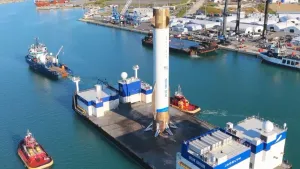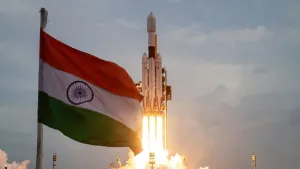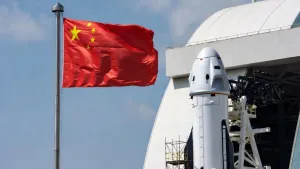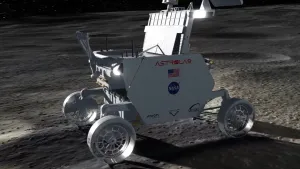NASA confirmed that astronaut Chris Williams will fly aboard Soyuz MS-28 with Roscosmos cosmonauts Sergey Kud-Sverchkov and Sergei Mikaev to join Expedition 73 on the International Space Station (ISS).
The crew will launch from the Baikonur Cosmodrome on November 27 at 4:27 a.m. ET, marking the next rotation of long-duration ISS personnel. NASA will broadcast the full sequence, including launch, docking and hatch opening.
Where To Watch The Launch
NASA will provide live coverage on NASA+, NASA Television, YouTube and Amazon Prime Video.
- Coverage begins: 3:30 a.m. ET
- Launch: 4:27 a.m. ET
- Docking: About 7:38 a.m. ET
- Hatch opening: Shortly after docking, following routine pressure checks
This multi-platform approach continues NASA’s effort to broaden public access to human-spaceflight missions.
.@NASA astronaut Chris Williams will launch aboard the Roscosmos Soyuz MS-28 spacecraft to the International @Space_Station on Thursday, Nov. 27, accompanied by cosmonauts Sergey Kud-Sverchkov and Sergei Mikaev, where they will join the Expedition 73 crew advancing scientific…
— NASA's Johnson Space Center (@NASA_Johnson) November 20, 2025
What The Crew Will Work On
During his stay, Williams will support research across biology, materials science and technology demonstrations. His assignments include stem-cell growth studies, semiconductor crystallisation experiments, combustion research and hardware checks that link current ISS work with preparations for future deep-space missions.
Kud-Sverchkov and Mikaev will manage their own sets of station operations, maintenance responsibilities and experiment support within the Russian orbital segment.
The crew’s arrival maintains the flow of hands-on work required for experiments that run continuously or require close monitoring.
The ISS has hosted uninterrupted human presence since 2000. Soyuz remains a core transport system in the crew-exchange cycle, operating alongside commercial vehicles like SpaceX Crew Dragon.
This mission follows a well-tested procedure, ascent, orbital adjustments, an approach profile and docking with the Rassvet module.
Crew rotations play a central role in sustaining experiments that cannot pause between missions. NASA highlights that each new arrival brings both research continuity and operational resilience.
The new rotation supports scientific programmes scheduled for late 2025, many of which rely on precise timing and long-term observation. With international cooperation still central to station operations, joint flights between NASA and Roscosmos ensure a steady operational rhythm despite shifting plans for commercial stations and future lunar missions.
Williams’ work also feeds into NASA’s broader research goals that prepare for human exploration beyond low Earth orbit.
Key Takeaways
Once Soyuz MS-28 docks and hatches open, the incoming crew will begin handover procedures with Expedition 73. They will review experiment statuses, storage configurations and maintenance tasks before moving into their operational schedule.
It seems NASA will publish updates throughout the crew’s first days as science runs begin and routine work stabilises.
Conclusion
NASA’s confirmation of the Soyuz MS-28 crew and its detailed coverage plan provide a clear picture of the next phase of human activity on the International Space Station.
Chris Williams, Sergey Kud-Sverchkov and Sergei Mikaev will support experiments and station operations that depend on continuous presence, and their mission continues the long-running partnership that keeps the orbiting lab active.






